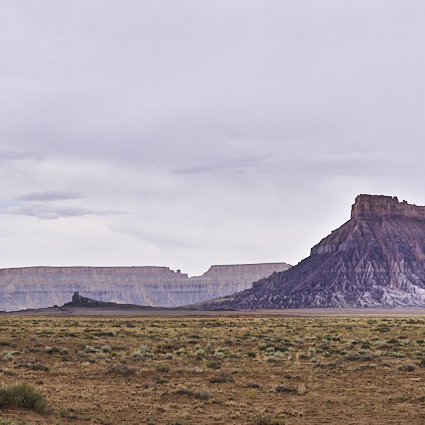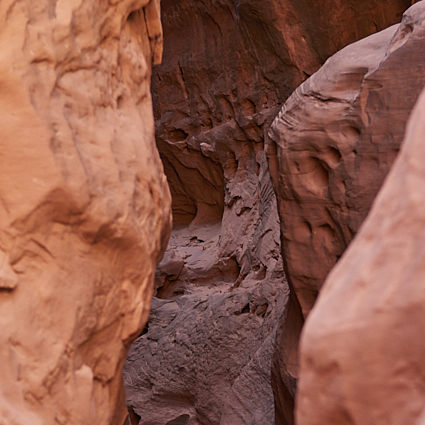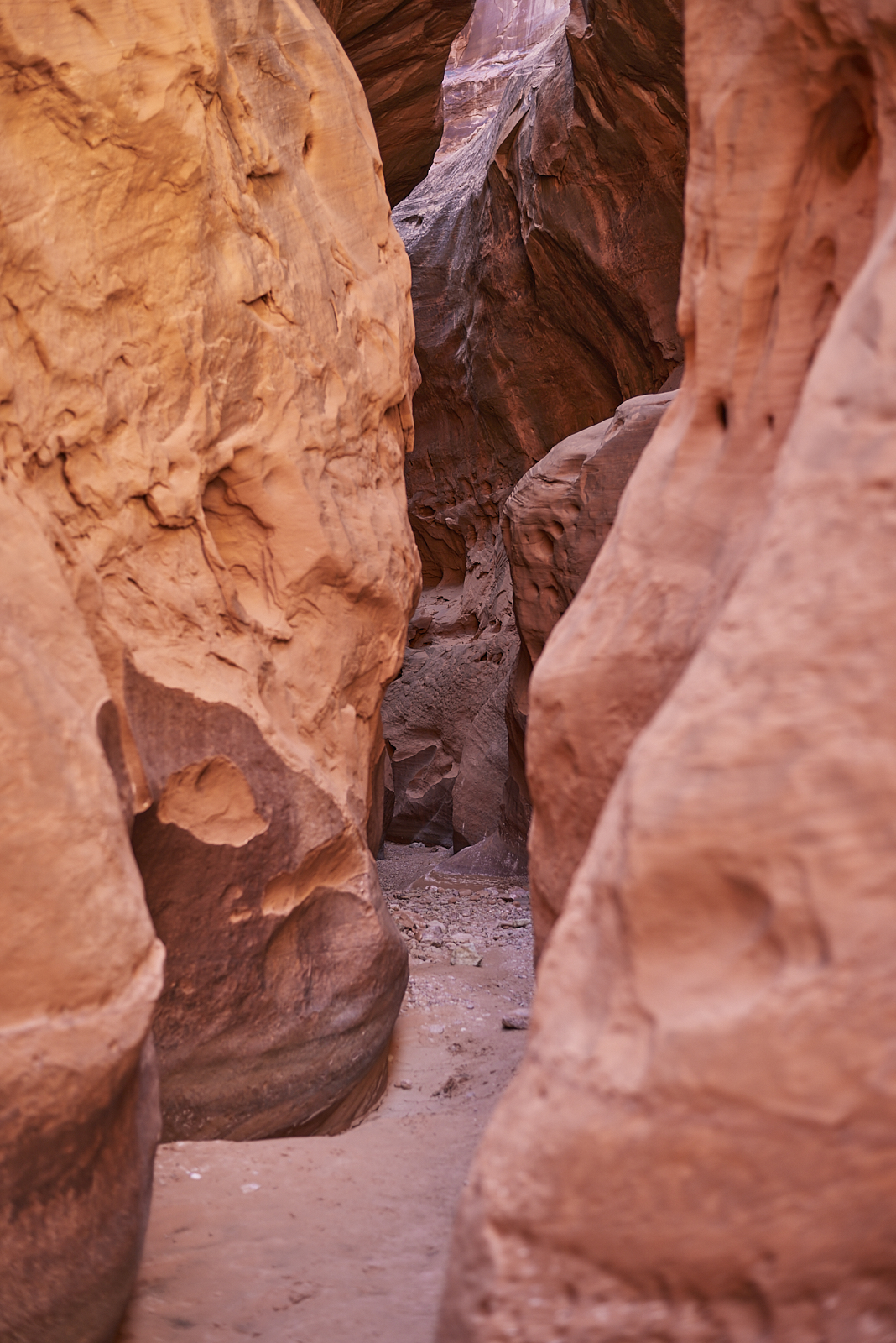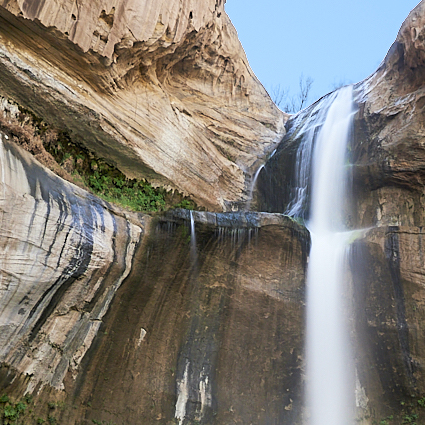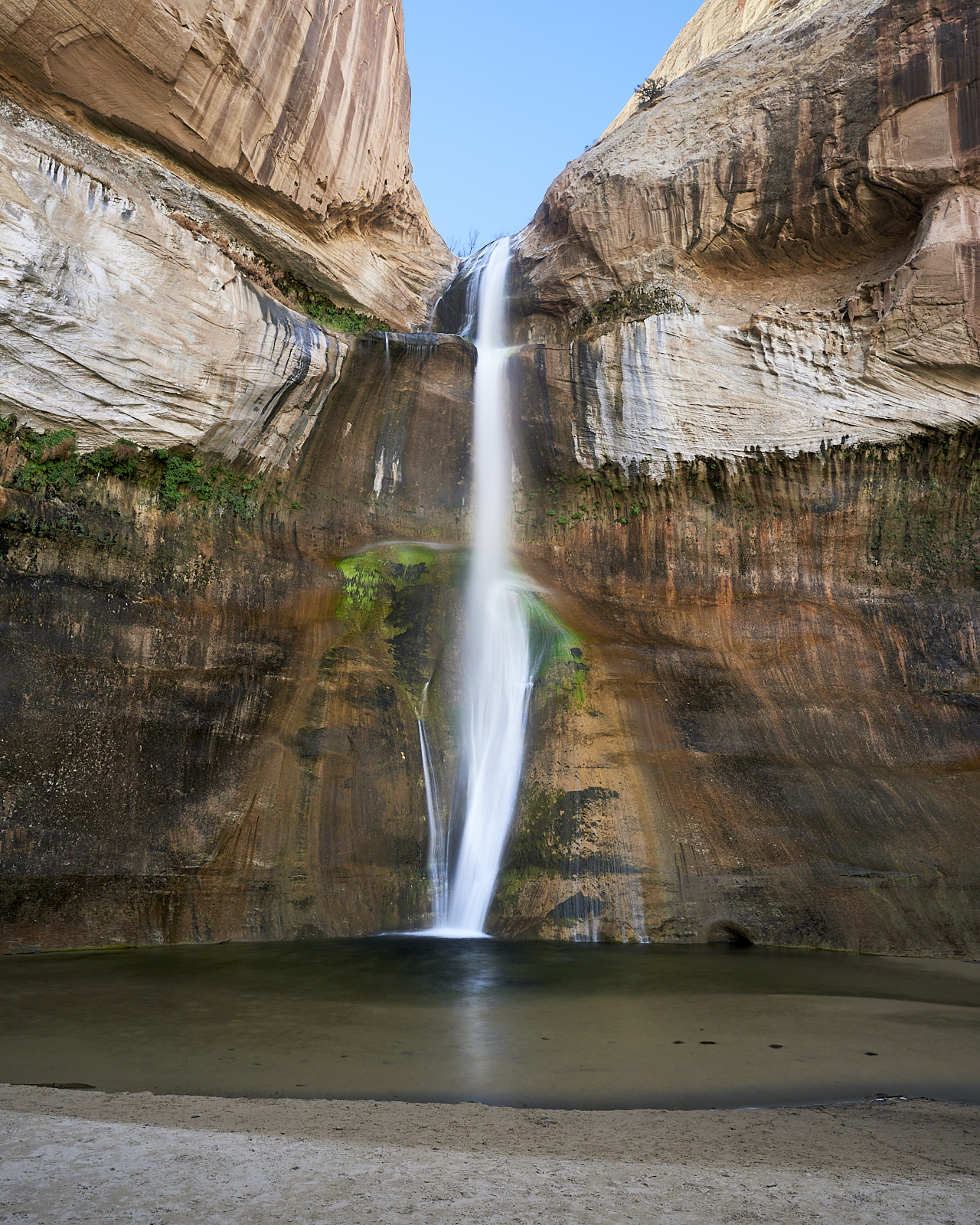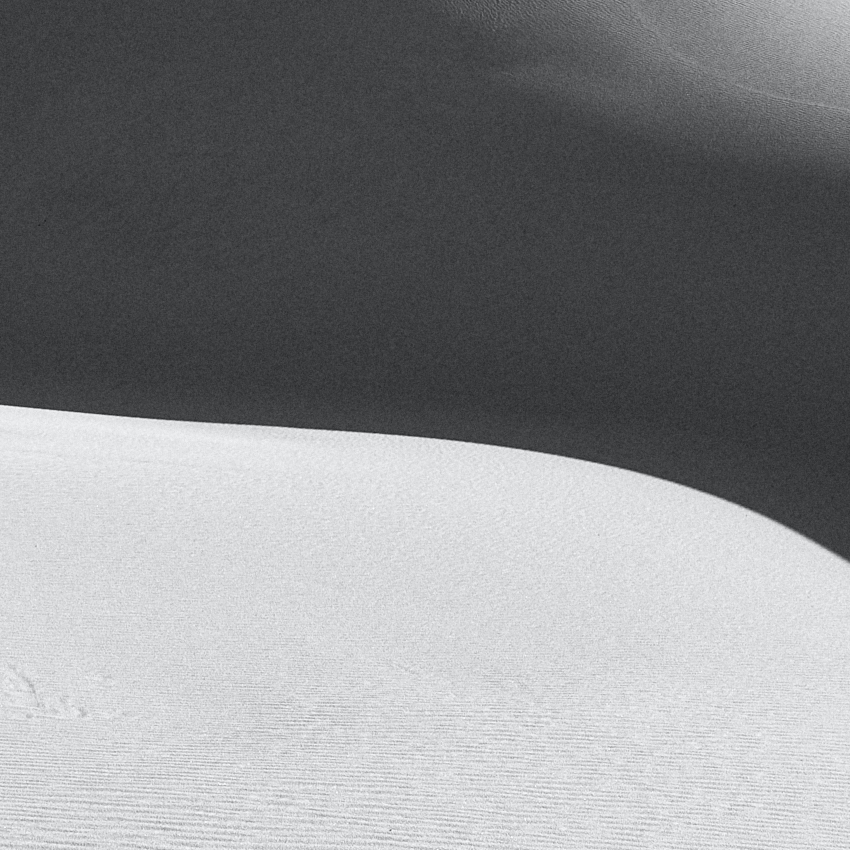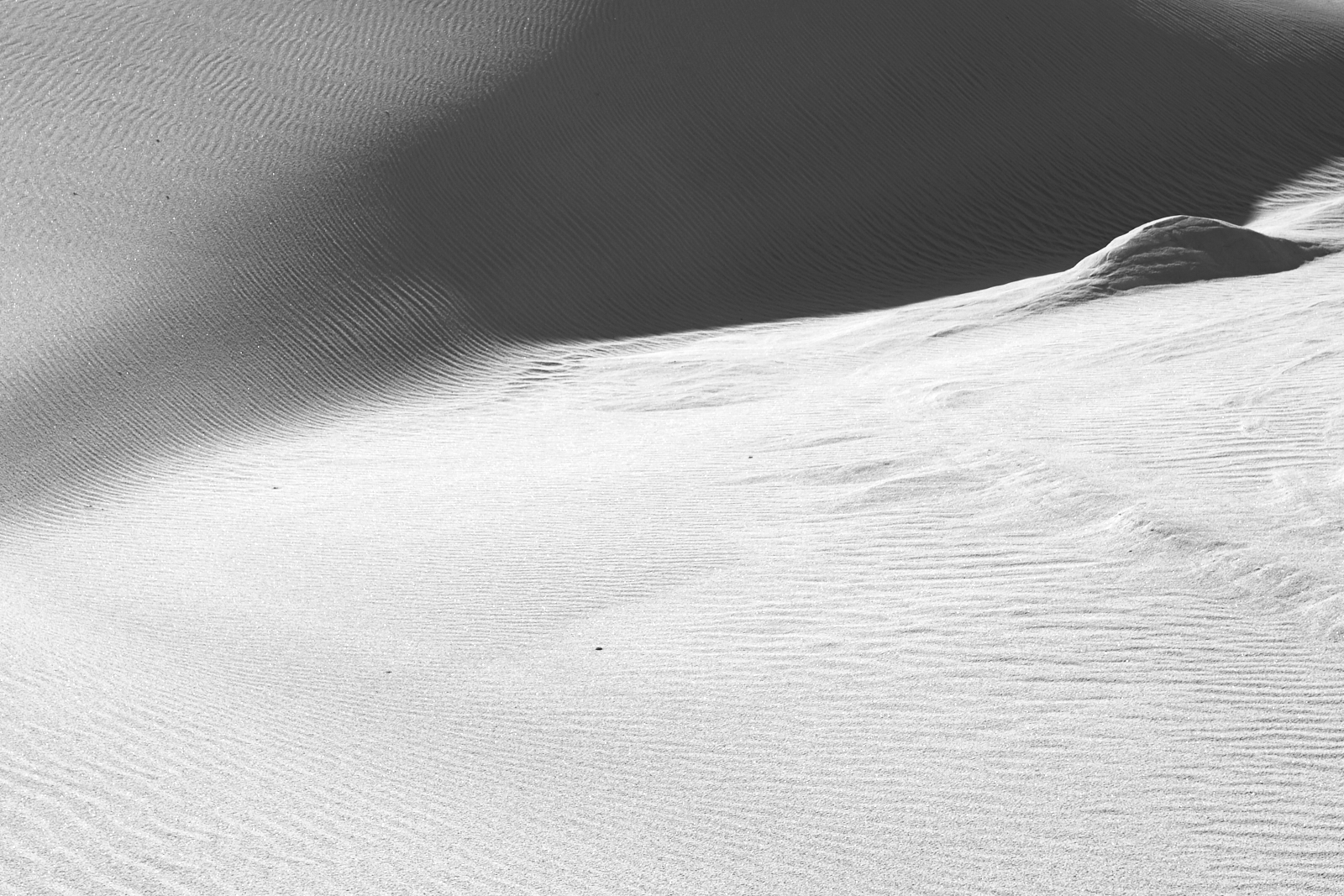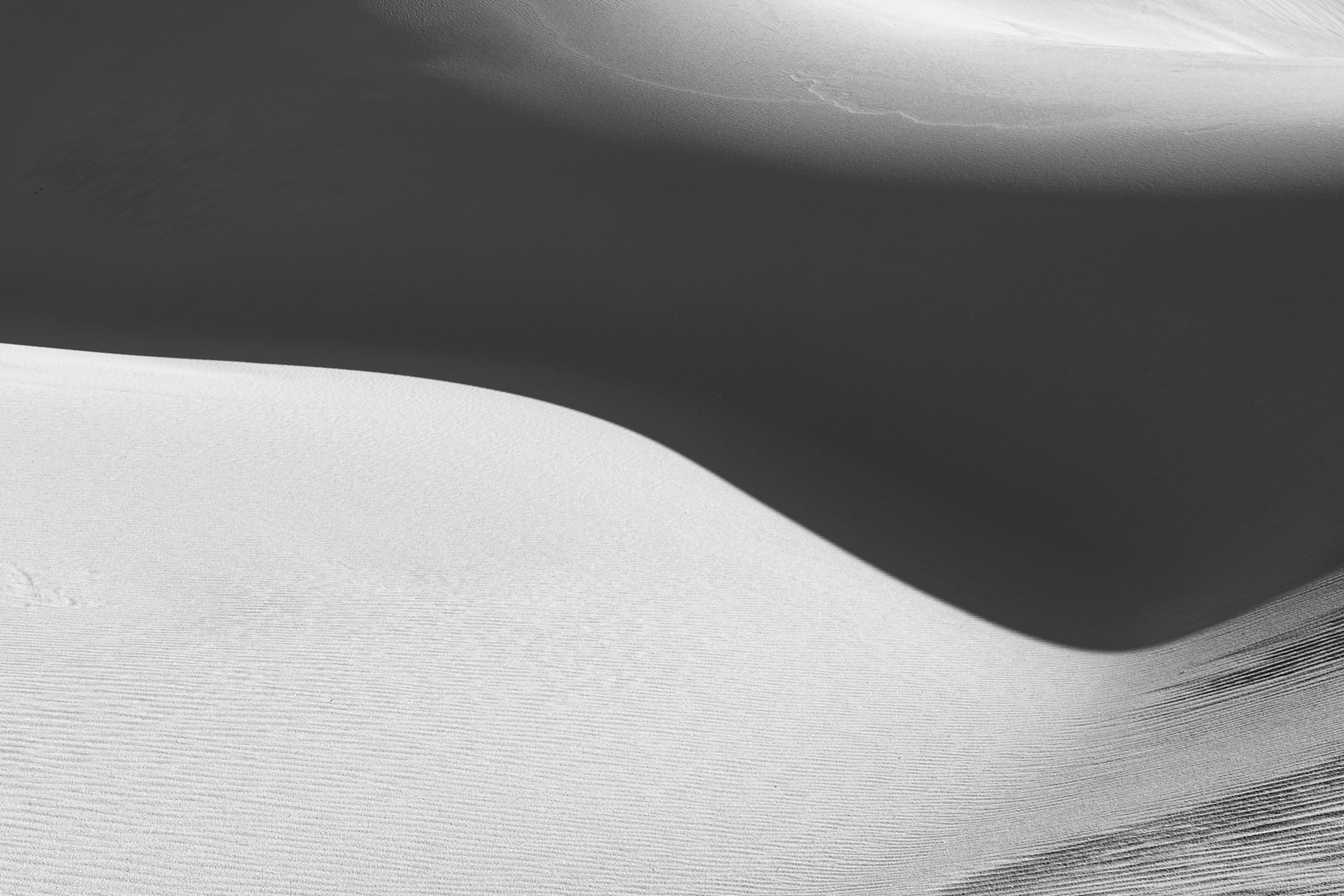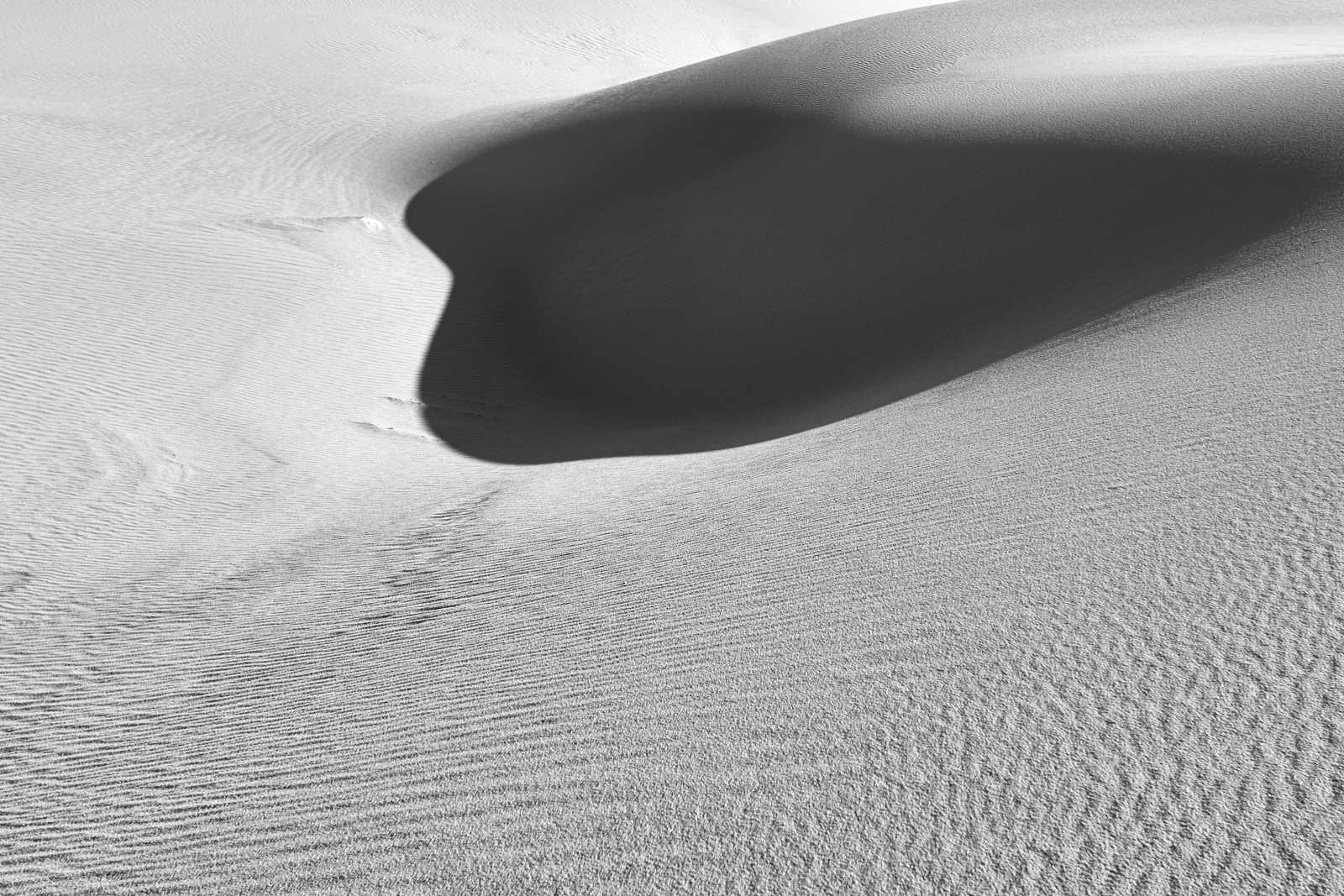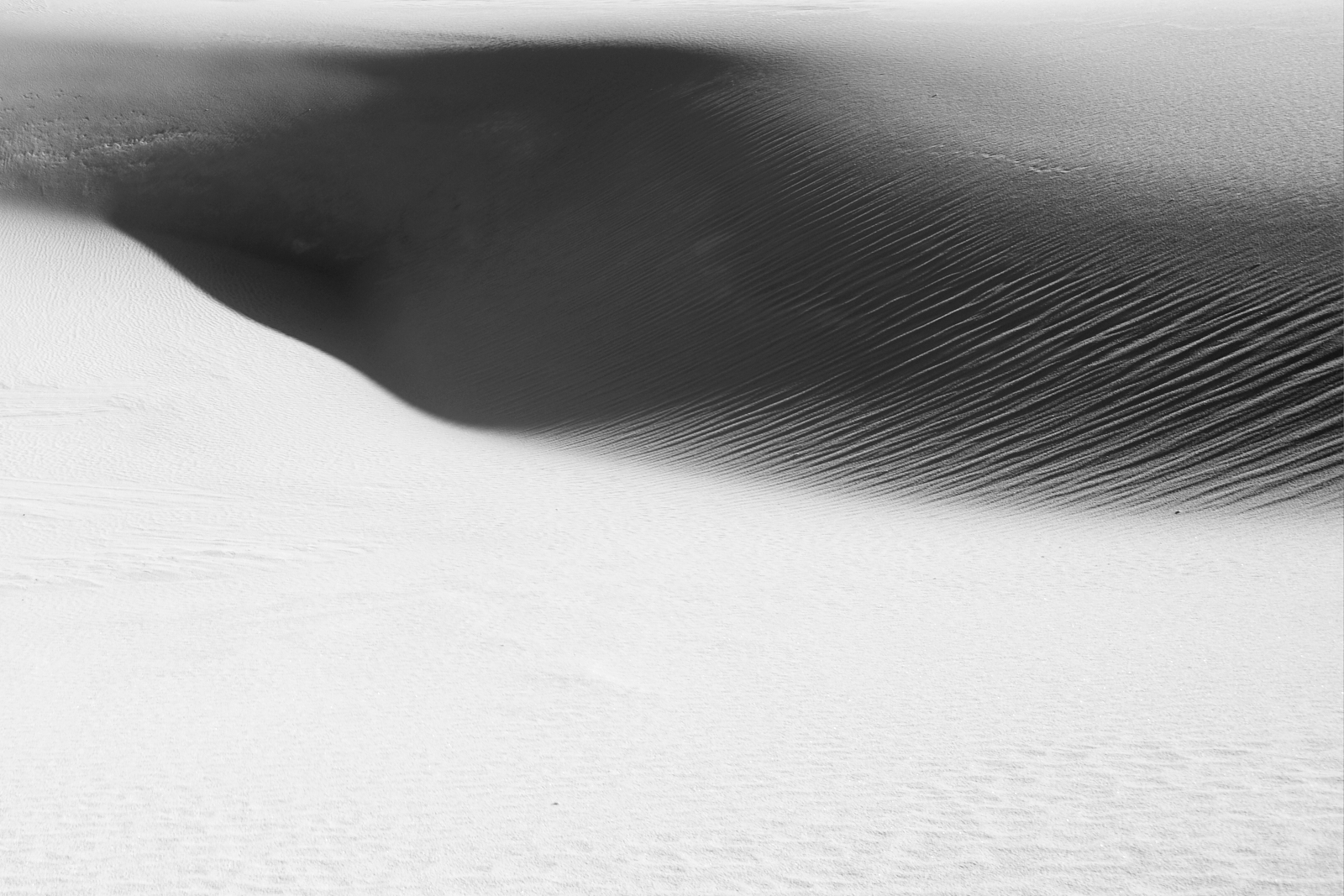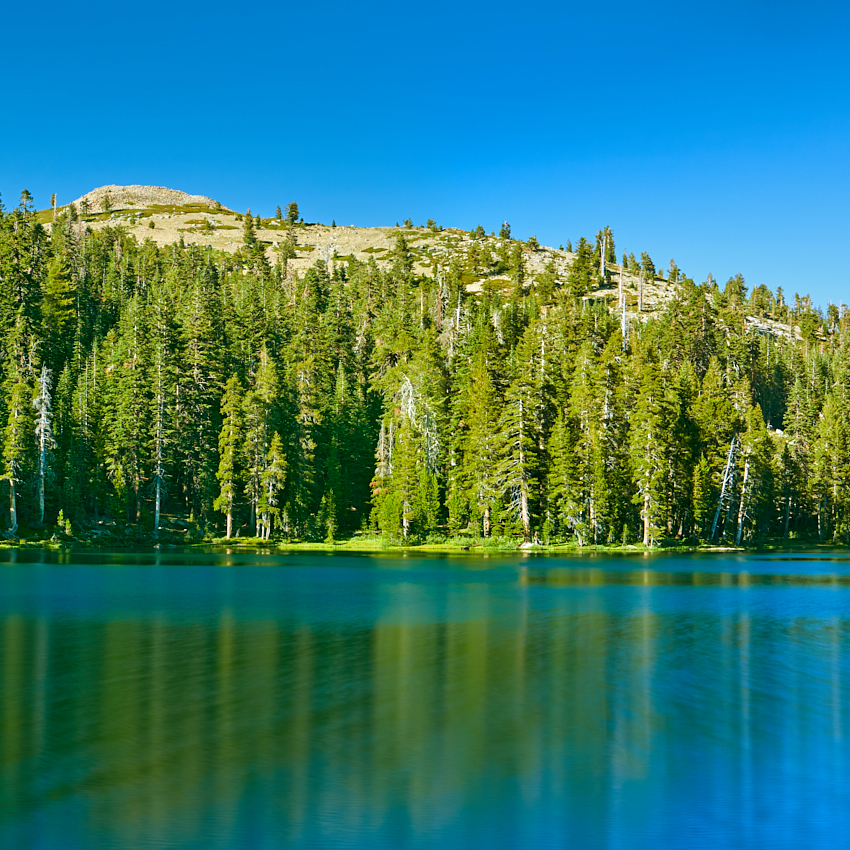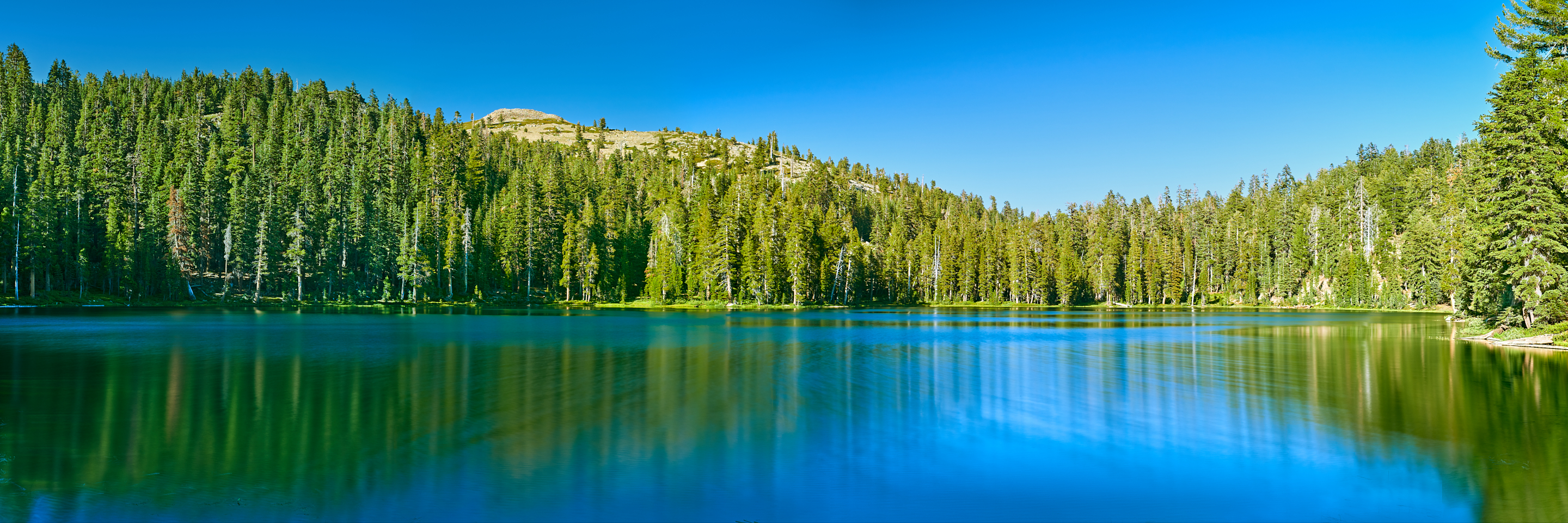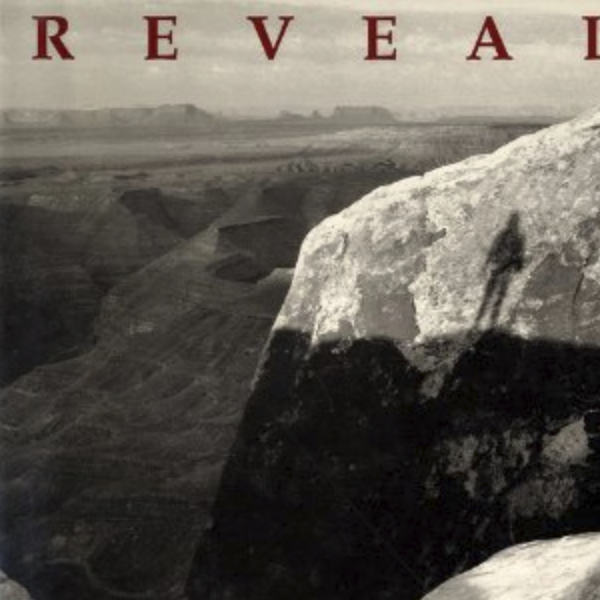I wonder how much of the vogue for photographs to express some deeper meaning relates to Szarkowski’s mirror-window dichotomy? It seems to me there is a strong preference of late for a rather blunt or simplistic version of the mirror side of the dichotomy, echoed in the oft repeated disdain for “merely aesthetic” or “calendar” photos (I’ve mused about this before). Photographs that hint at the inner, psychological states of the photographer garner praise and elicit awe (usually phrased something like, “I don’t really get it, but …” or “I don’t really like it, but …”). Somewhat paradoxically, those same photos are rarely considered pretty. How often have I heard a person compliment a photograph but then say they wouldn’t hang it on their wall.
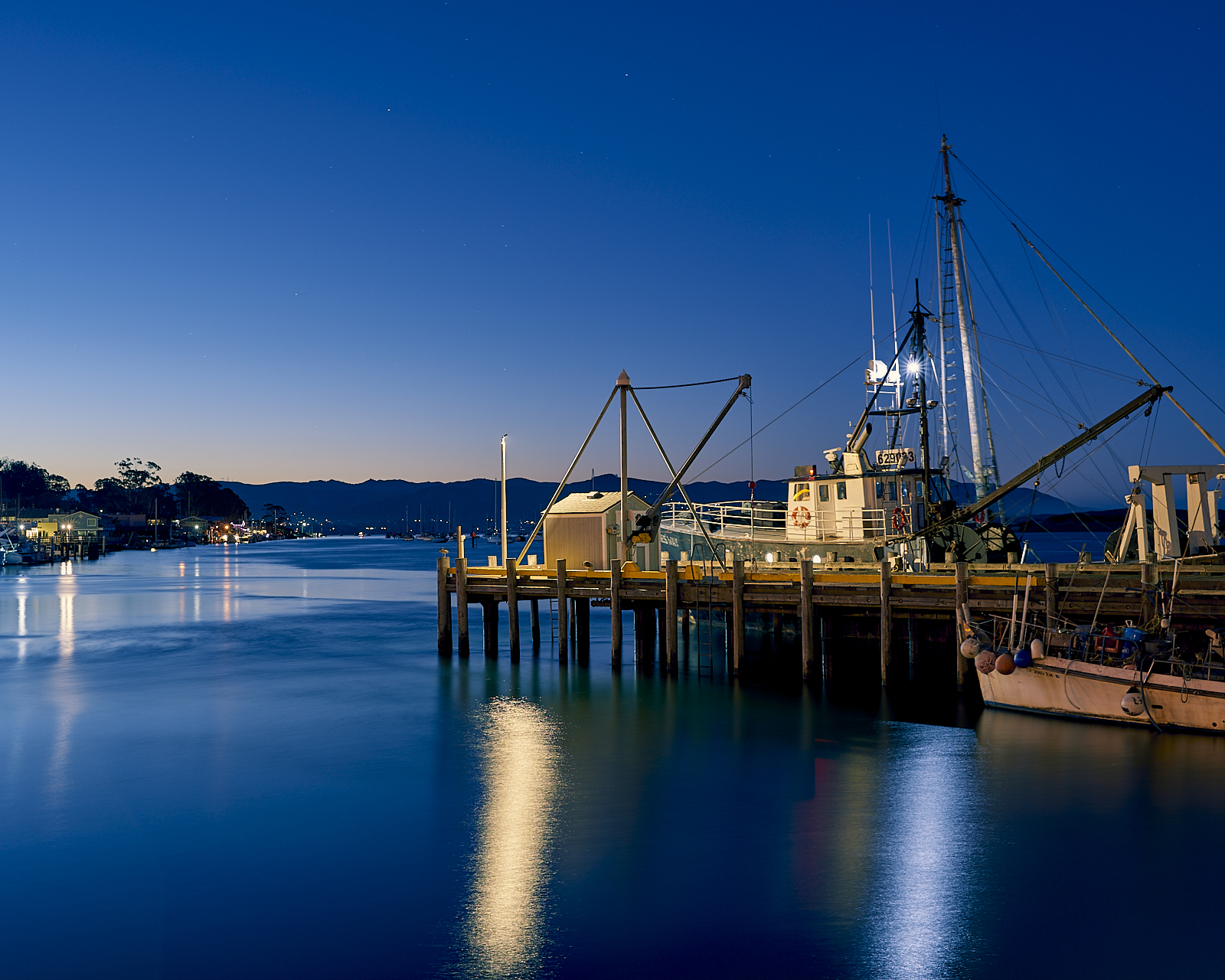
I need to go read Szarkowski’s Mirrors and Windows. American Photography since 1960 and see how in 1978 he characterized the distinction. I suspect most photography falls somewhere between the two. It is, again I suspect, less a dichotomy and more a spectrum. I don’t make photographs that reveal or hint at or otherwise broadcast my inner states of being, at least not in a blunt or crude way. But the camera always points both ways, is always a mirror and a window, and so all my photographs necessarily emerge from my psychological space. So while the “calendar” photos I take are, I hope, “merely aesthetically” pleasing, they also do more than merely look pretty on a wall.

